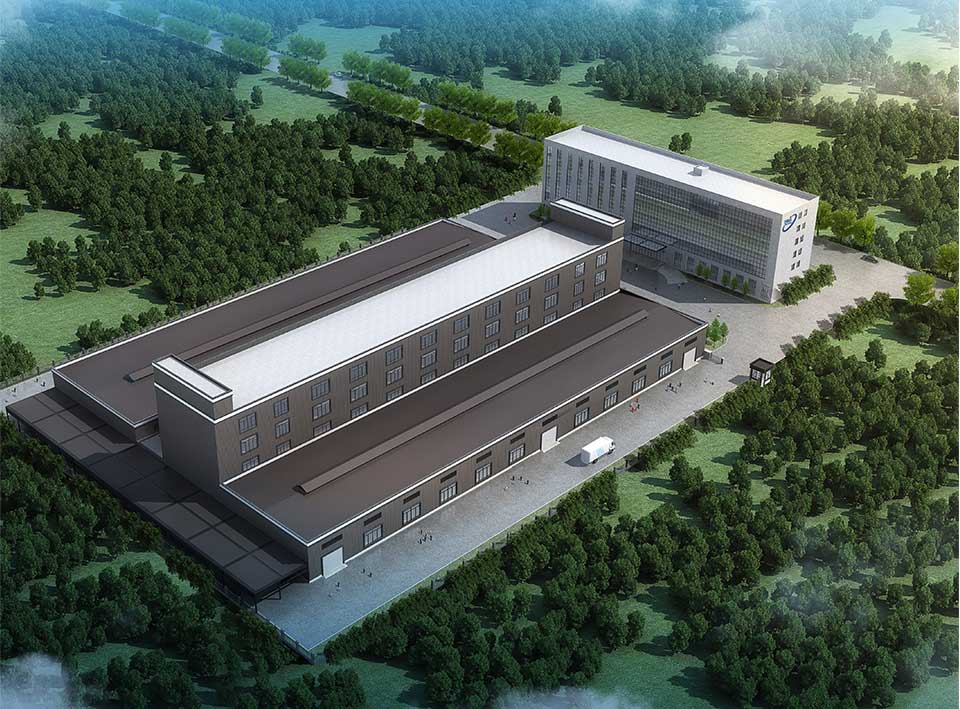The emergence of collaborative robot arms has greatly changed the working model of traditional manufacturing. In traditional manufacturing, robots are usually placed in fixed areas, isolated from human workers to ensure safety. However, such a layout limits the adaptability and collaboration of robots on the production line. Collaborative robot arms introduce advanced sensing technology and intelligent control systems, allowing them to operate together with humans in the same work space to achieve collaborative work.
As an example, consider the scenario of an automobile manufacturing plant. Traditional robots may be responsible for repetitive tasks such as welding and assembly, but they are usually placed at fixed workstations. With the introduction of collaborative robotic arms, these robots can share the same work area with workers and flexibly change tasks when needed. For example, during car body assembly, robots can collaborate with workers to complete part of the assembly work, improving overall production efficiency.
This flexibility of working together not only increases efficiency but also reduces labor costs in the manufacturing process. Workers and robots can work together to complete tasks that require a high degree of skill and expertise, maximizing the use of resources. However, this also creates a new set of challenges, including increased safety and training requirements. Therefore, the emergence of collaborative robot arms is not only a technical innovation, but also requires the development of corresponding policies and standards to ensure the safety and sustainability of the working environment.
Collaborative robot arms offer significant advantages in flexibility and adaptability, making them an important tool in manufacturing. Traditional industrial robotic systems often require significant time and cost to be reprogrammed to adapt to new tasks or production line layouts. In contrast, collaborative robot arms can adapt to different manufacturing needs more quickly through advanced programming interfaces and self-learning algorithms.
Taking the logistics industry as an example, collaborative robot arms can be used to handle objects of different shapes and sizes. While traditional robots may require time-consuming reprogramming to adapt to new packaging specifications, collaborative robot arms can quickly identify and handle new objects through vision systems and sensors. This makes collaborative robot arms perform particularly well in rapidly changing logistics environments.
The flexibility of the collaborative robot arm is also reflected in its ability to be combined with technologies such as artificial intelligence and big data analysis. Through the analysis of real-time data, the collaborative robot arm can make real-time adjustments according to changes on the production line and optimize the production process. This intelligent adaptability enables the manufacturing industry to better respond to fluctuations in market demand and achieve higher levels of flexible production.
This flexibility also requires a higher level of skills from engineers and technicians to effectively manage and maintain these advanced collaborative robotic systems. Therefore, training and technical support become key elements in realizing the benefits of collaborative robotic arms.
The development of collaborative robot arms is moving towards smarter, more flexible and more efficient robots. One of the key trends is the widespread use of machine learning and artificial intelligence. As cobot arms continuously interact with their environment, they are able to learn and adapt to become more efficient. For example, an assembly robot can improve the accuracy and speed of assembly by learning the shapes and connections of different parts.
Another important trend is the continued improvement of sensing technology. Collaborative robot arms need to accurately sense their surroundings to avoid collisions with humans or other obstacles. Continuous innovations in visual sensors, lidar and other sensors enable collaborative robots to perceive the environment more accurately and improve the safety and efficiency of operations.
In the future, collaborative robot arms may also be more widely integrated into the concept of digital manufacturing. Through connection with the Internet of Things, these robots can be remotely monitored and controlled, thereby achieving global production collaboration. This will further promote the digital transformation of manufacturing and improve efficiency and traceability throughout the value chain.
The future of collaborative robotic arms is full of potential. However, as technologies continue to develop, we also need to consider the ethical and legal issues associated with them to ensure that the development of these technologies is sustainable and responsible. With the widespread application of collaborative robot arms in manufacturing, we are expected to usher in an era of smarter and more efficient manufacturing.



